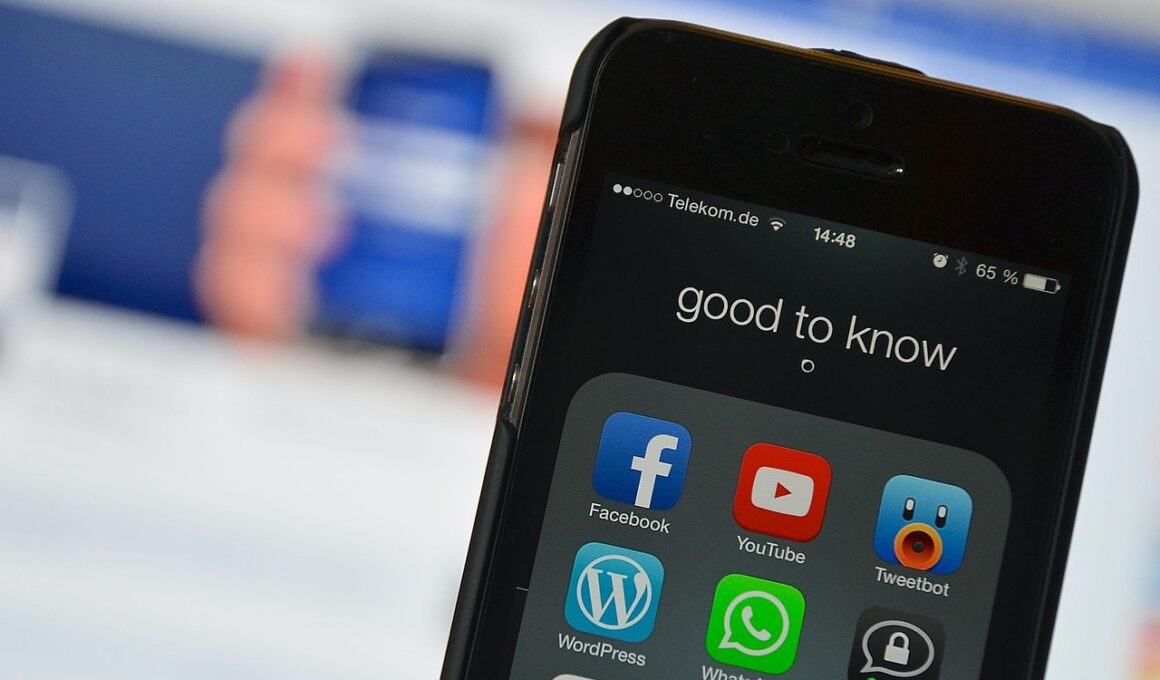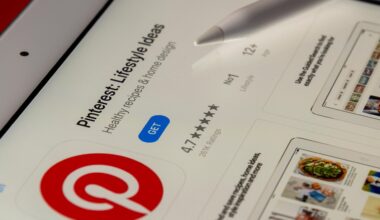Understanding the Basics of Content Scheduling
Content scheduling involves the strategic planning of when and how to share content across various platforms. This process is essential for boosting engagement and maximizing the reach of your messages. A well-structured schedule helps ensure that content is not only relevant but also timely. Start by identifying the peak times when your audience is most active on each platform. This varies significantly across Social Media channels such as Facebook, Instagram, Twitter, and LinkedIn. Once you understand these timeframes, create a content calendar that outlines what to post and when. The first step in this process is auditing your current content performance. Identify successful posts and analyze those metrics to inform future scheduling decisions. An effective strategy often includes a mix of promotional and informative content that resonates with your audience. Additionally, employ scheduling tools like Hootsuite or Buffer to automate your posts, freeing up your time for creative development. Regularly review your scheduling strategy and adapt it based on the evolving needs of your followers to ensure your approach remains effective and relevant.
Prioritizing Content Types for Different Platforms
Different social media channels serve varied demographics and user expectations, requiring distinct content types. It’s important to prioritize content that not only aligns with your brand identity but also suits the specific platform. For instance, visual content such as images and videos perform exceptionally well on Instagram and TikTok. In contrast, educational articles and industry news stand strong on LinkedIn. Assessing your target audience’s preferences helps shape your content focus. Regularly analyze engagement metrics to determine which types of content are received well. Rotate between promotional posts, user-generated content, and educational pieces to keep your feed dynamic. This method can enhance audience interest and following. Another key aspect is to embrace storytelling in your content. Invoking emotions through relatable narratives can significantly boost engagement rates and user interaction. Don’t forget to incorporate call-to-actions strategically, which encourage your audience to engage further. By continually refining your approach to prioritizing content types, you ensure messages remain fresh and compelling across all platforms to captivate your diverse audience effectively.
Creating a Content Calendar
Establishing a content calendar is critical for successful priority content scheduling. This tool allows you to visualize your content strategy over days, weeks, or months. Begin by marking key dates, events, or promotions relevant to your audience. Organizing your calendar visually enhances clarity and teamwork—share it with any team members involved in the content creation process. Utilize software tools like Google Calendar, Trello, or Asana to organize this information. Each entry should include details such as the type of content, format, and the channels for distribution. Consistency is key; therefore, allocate times for regular evaluations of your calendar’s effectiveness. Identify any patterns in engagement to inform future adjustments. Ensure your calendar remains flexible; pivoting based on analytics will enable you to seize trending topics or shifts in audience engagement. Cross-link your content between platforms where applicable, allowing for coherent messaging that resonates with your audience. Use UTM parameters to track traffic from different sources back to your original content, which will help refine your overall strategy going forward.
Marking specific goals within your content calendar is vital. Establish metrics like engagement rates, click-through rates, and conversion rates to measure success over time. Each piece of content should have a purpose—whether it’s to generate leads, boost brand awareness, or showcase customer testimonials. Having clear objectives for your content helps you stay focused and efficient. With each posting cycle, review your objectives to ensure they align with broader marketing goals. Incorporating feedback loops can also improve future content scheduling efforts. Use social listening tools to gauge audience reactions and make adjustments where necessary. Engage with followers through comments and messages in response to your posts to enhance community relations. Build ongoing conversations to strengthen connections within your audience. Engaging authentically fosters loyalty and encourages sharing among peers. Ultimately, adjusting your content scheduling based on continual feedback fortifies your strategy, ensuring content stays relevant and engaging. Prioritize flexibility while adhering to your planned content calendar, effectively balancing consistency with adaptability.
Utilizing Scheduling Tools Effectively
Leveraging content scheduling tools can significantly ease the burden of manual posting across multiple social platforms. Software options such as Hootsuite, Buffer, or Later streamline your workload. These tools allow for batch processing of content uploads and automated postings, freeing time for creative processes. You can plan content days, weeks, or even months in advance to ensure consistent engagement. Experiment with features such as suggested posting times to optimize your interactions further. In addition, most of these tools offer analytics—crucial for assessing post-performance. Determine what resonates best with your audience. Adjust your scheduling patterns based on these insights to maintain relevance and boost engagement. Regular engagement with your audience is also key; tools often integrate comment management, making it easy to respond to interactions promptly. Research the specific features of various scheduling tools to find the best fit for your organizational strategy. These tools can also assist with collaboration among remote team members contributing to your content creation process. Prioritize features that enhance teamwork and your overall content quality.
Reviewing the performance of scheduled posts is an essential practice. Effective scheduling is not just about planning ahead but also adjusting your content strategy based on data-driven insights. Use the analytics capabilities of your scheduling tools to measure specific metrics, including post reach, engagement levels, and user interactions. Pay attention to what types of content generate the most engagement and when. Moreover, A/B testing different content formats and schedules uncovers valuable data on audience preferences. After reviewing this information, refine your priorities and adapt your content accordingly. Set aside time weekly or monthly to assess performance data and identify patterns or unforeseen ideas that may enhance your scheduling efforts. Collaboration and communication with team members also play a crucial role. Regularly discuss findings and brainstorm in team meetings, ensuring that all insights inform your content scheduling strategy. Engaging actively with analytics results arms you with concrete information, needed to optimize your processes effectively. Always strive to create value through your prioritized content scheduling, promoting authentic connections with your unique audience.
Strategies for Maintaining Engagement
Monitoring audience engagement remains crucial throughout your content scheduling journey. Develop an ongoing practice of checking analytics to maintain a pulse on audience preferences and trends. Create content that anticipates their needs based on these insights. Engage directly through polls, surveys, and open-ended questions to cultivate two-way communication. By soliciting feedback, you demonstrate that audience opinions matter, fostering loyalty among followers. Moreover, adjusting your content schedule during high-engagement periods can amplify your reach. Incorporate behind-the-scenes content, teasers, and exclusive promotions to captivate interest and encourage sharing. Establishing themes for specific days or weeks can help maintain novelty while creating anticipation. Regular themes such as ‘Tip Tuesday’ or ‘Feature Friday’ provide structure while allowing creativity to flourish. Consider user-generated content to further boost engagement and community involvement. Showcase loyal customers or followers who resonate with your brand’s message, encouraging others to participate. Prioritizing active engagement not only nurtures your existing audience but also attracts new followers through enhanced visibility and shared experiences. A strategic, audience-focused approach guarantees ongoing growth.
In conclusion, crafting efficient priority content scheduling plans for diverse social media channels is indispensable for businesses aiming to achieve strong engagement levels. Start with a solid understanding of each platform’s unique dynamics, followed by creating a detailed content calendar. Prioritize varied content types that cater to the preferences of your audience. Utilize powerful scheduling tools effectively to save time while simultaneously enhancing quality. Regularly review content performance to pivot your strategies, ensuring alignment with audience needs and engagement patterns. Encouraging active interaction through direct engagement fosters authenticity and fosters community development. Incorporating flexible yet structured themes allows for creativity while maintaining coherence within your scheduling. Stay receptive to analytics and audience feedback, adapting as necessary to improve your outreach continuously. Ultimately, the foundation of successful social media planning rests on a combination of robust data analysis, continuous audience engagement, and proper prioritization of content types. This integrated approach will not only elevate brand visibility but also ensure a loyal and engaged audience that champions your brand on their platforms.


